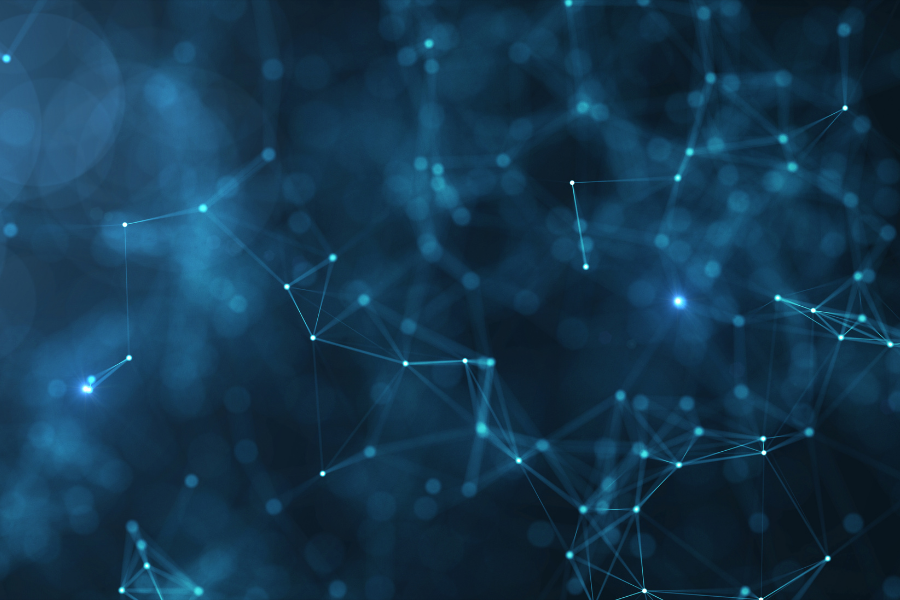Podstawowe pojęcia
Na wstępie chciałbym wyjaśnić dwa podstawowe pojęcia – komercjalizacja technologii oraz transfer wiedzy. Komercjalizacja (od ang. commerce – wymiana handlowa) to działania związane z budowaniem modelu biznesowego danej technologii lub kształtowaniem procesu sprzedaży lub wdrożenia technologii do praktycznego zastosowania. Zgodnie z definicją ustawową¹ jest to sprzedaż wyników działalności naukowej lub know – how związanego z tymi wynikami a także licencjonowanie, najem lub dzierżawa takich rozwiązań.
Transfer wiedzy to najogólniej rzecz biorąc dzielenie się wiedzą i dotyczy dwóch rodzajów wiedzy know how – unikalnej, specyficznej wiedzy danej organizacji (np. uczelni) która może być związana z przeprowadzonymi w danej dziedzinie badaniami oraz know what, które możemy określić jako teorię (definicje pojęć, opisy, fachowa terminologia).
Wzajemne relacje
Teraz, kiedy już dokładnie wiemy o czym rozmawiamy możemy zastanowić się jakie zależności zachodzą pomiędzy powyżej wskazanymi pojęciami? Termin komercjalizacja jest związany bezpośrednio z technologią opracowaną w uczelni (wynik pracy intelektualnej) i obejmuje wszystkie działania zmierzające do jej wdrożenia czyli praktycznego zastosowania w gospodarce – ochronę patentową wynalazku, badania przedwdrożeniowe, przygotowanie oferta technologicznej oraz proces negocjacyjny z potencjalnymi nabywcami.
Transfer wiedzy należy rozumieć znacznie szerzej, przede wszystkim dlatego że może, ale nie musi być związany z rozwiązaniami technologicznymi. Z komercjalizacją technologii związane jest również określone know – how dotyczące możliwości praktycznego zastosowania danego wynalazku w różnych obszarach gospodarki, które również może stanowić element komercjalizacji. Drugą kategorią obiektów mogących być przedmiotem transferu wiedzy są wyniki pracy intelektualnej (w uproszczeniu możemy założyć, że są to wyniki badań), które nie mają charakteru technologicznego. Koncepcje, modele teoretyczne czy wiedza ekspercka z zakresu nauk humanistycznych i społecznych również mogą być przedmiotem wdrożenia w gospodarce, czego przykłady przedstawię w dalszej części tekstu.
W jaki sposób wiedza jest transferowana?
Wiedza jest bardzo specyficznym dobrem o charakterze niematerialnym – często niemierzalnym i bardzo trudnym do wyceny. Jej wartość nierzadko zależy od możliwości zastosowania w ściśle określonym kontekście (w innym przypadku może być bezużyteczna). Kwestie związane z ochroną własności intelektualnej zostały określone w dwóch ustawach: Prawie własności przemysłowej (PWP) oraz Ustawie o prawie autorskim i prawach pokrewnych (PrAutU). Powyższe przepisy określają rodzaje ochrony i przekazywania praw do wiedzy jaka powstaje (między innymi) na uczelniach:
- Patent – stanowi prawo wyłącznego korzystania z wynalazku przez określony czas, w sposób zarobkowy (przemysłowy lub handlowy) na terytorium danego państwa lub państw. Patentowaniu podlegają określone rodzaje wyników pracy intelektualnej – dowolne rozwiązanie o charakterze technicznym. Ochrona patentowa jest udzielana na okres maksymalnie 20 lat, patent może być przedmiotem obrotu – sprzedaży, najmu, dzierżawy, użyczenia czy licencji.
- Utwór (dzieło) – to każdy przejaw działalności twórczej o indywidualnym charakterze. Utwór musi spełniać 3 cechy: być rezultatem pracy człowieka (twórcy), musi stanowić przejaw działalności twórczej (wyróżniać się) oraz mieć indywidualny charakter (czy mogłaby stworzyć je inna osoba).
- Licencja – to rodzaj umowy (cywilnoprawnej) pomiędzy dwoma podmiotami która określa zasady i warunki korzystania z danego utworu.
Pojęcia utwór oraz licencja zostały określone w prawie autorskim i ich zastosowanie jest szersze niż w przypadku prawa własności przemysłowej, które dotyczy tylko rozwiązań o technicznym charakterze. Powyższe rozróżnienie ma istotne znaczenie z perspektywy współpracy z uczelnią nietechniczną, jaką jest np. Uniwersytet Wrocławski. Spośród 10 wydziałów blisko połowa ma charakter humanistyczno – społeczny. Na kierunkach nietechnicznych również prowadzone są badania, które z powodzeniem znajdują zastosowanie w praktyce biznesowej.
Transfer wiedzy w praktyce
Uniwersytet Wrocławski posiada w swoim dorobku liczne przykłady transferu wiedzy w obszarach poza technologicznych i związanych z obszarze nauk społecznych i humanistycznych, są to między innymi:
- Pracownia Prostej Polszczyzny – zespół naukowców z Wydziału Filologicznego UWr od 2010 roku zajmuje się upraszczaniem języka na zlecenie instytucji oraz firm. Jeśli zauważyłeś zmianę w sposobie komunikacji m.in. z Urzędem Skarbowym to m.in. dzięki współpracy Krajowej Administracji Skarbowej z zespołem PPP. Pracownia świadczy usługi szkoleniowo – doradcze oraz nadaje Certyfikat Prostej Polszczyzny. Z jej usług poza KAS skorzystały również samorządy, banki, firmy ubezpieczeniowe czy energetyczne którym zależy na sprawniejszej i bardziej przyjaznej komunikacji. O założeniach prostej polszczyzny można dowiedzieć się więcej z cyklu „Prosto i kropka”: https://www.youtube.com/watch?v=u1ufyW5mE4o
strona internetowa: http://ppp.uni.wroc.pl/ - Projekt Leopoldina – projekt integracji oraz udostępniania elektronicznych zbiorów Uniwersytetu Wrocławskiego umożliwiający zapoznanie się z najcenniejszymi zbiorami m.in. Biblioteki Uniwersyteckiej bez wychodzenia z domu. Dzięki profesjonalnie wyposażonej pracowni digitalizacji oraz zapleczu technicznemu (wysoko zaawansowane technologicznie centrum obliczeniowe) Uniwersytet Wrocławski umożliwia również innym instytucjom kultury z regionu przeniesienie własnych zbiorów do Internetu.
strona internetowa: https://leopoldina.pl/ - Internetowa Rekrutacja Cudzoziemców – oprogramowanie powstałe jako wynik wieloletniego doświadczenia pracowników Biura Współpracy Międzynarodowej oraz analitycznego podejścia programisty. Cechą wyróżniającą to rozwiązanie jest jego kompleksowość – system służy nie tylko do rejestracji kandydatów, ale obsługi całkowitego procesu rekrutacji studentów z zagranicy. System został stworzony na potrzeby własne UWr, ale został również z powodzeniem wdrożony na Politechnice Wrocławskiej.
¹ Prawo o szkolnictwie wyższym i nauce – art. 148 ust. 4
² link: https://uprp.gov.pl/pl/przedmioty-ochrony/wynalazki-i-wzory-uzytkowe/wynalazki-i-wzory-uzytkowe-informacje-podstawowe/czym-jest-patent-na-wynalazek-i-prawo-ochronne-na-wzor-uzytkowy
 Maciej Kamiński, Dyrektor Centrum Transferu Technologii Uniwersytetu Wrocławskiego
Maciej Kamiński, Dyrektor Centrum Transferu Technologii Uniwersytetu Wrocławskiego
Absolwent Uniwersytetu Wrocławskiego na kierunku Stosunki Międzynarodowe, pisze doktorat z Ekonomii. Posiada wieloletnie doświadczenie w prowadzeniu własnej firmy. Członek rady DAIP oraz kapituły konkursu Wielka Bitwa o Startup. Wykładowca akademicki i trener z wieloletnim doświadczeniem. Autor licznych publikacji i książki.




